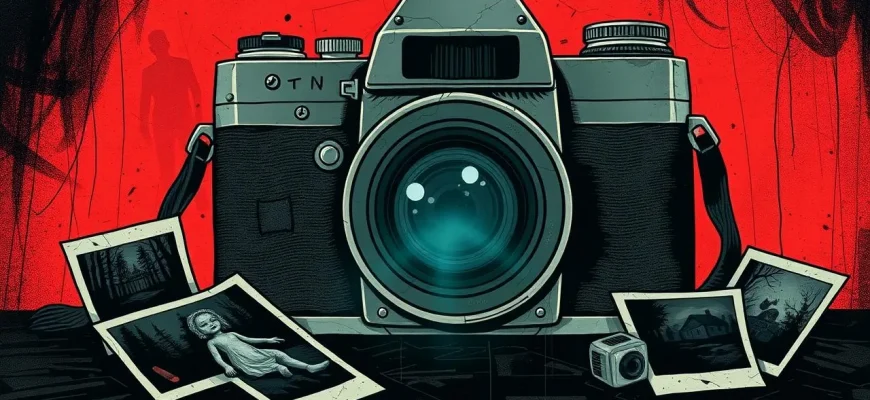In the realm of horror, photographs can serve as gateways to terror, capturing moments that should have remained unseen or revealing secrets that were meant to stay hidden. This curated list of 10 horror films delves into the chilling concept of photographs as conduits for fear, offering viewers a unique blend of suspense, mystery, and supernatural dread. Whether it's a cursed Polaroid or a haunted portrait, these films will make you think twice before picking up a camera or looking at old family albums.
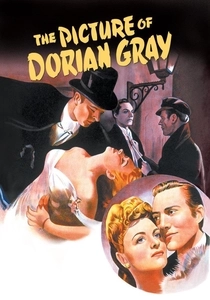
The Picture of Dorian Gray (1945)
Description: This classic film adaptation of Oscar Wilde's novel uses a portrait that ages and decays in place of its subject, exploring themes of vanity, morality, and the supernatural through the lens of art.
Fact: The film was nominated for three Academy Awards, including Best Actor for Hurd Hatfield.
 Watch Now
Watch Now 
The Others (2001)
Description: While not explicitly about photography, the film's use of light and shadow, along with the revelation of ghostly figures in photographs, adds to its eerie atmosphere.
Fact: The film was shot entirely in Spain, despite being set in the Channel Islands.
 Watch Now
Watch Now 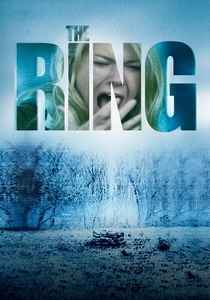
The Ring (2002)
Description: This film features a cursed videotape that kills viewers seven days after watching it, but the eerie imagery of the tape itself, including the iconic well scene, is what truly haunts viewers. The film's use of photography as a medium for horror is both innovative and terrifying.
Fact: The film was a remake of the Japanese horror film "Ringu," and the iconic scene with Samara crawling out of the TV was done with practical effects.
 Watch Now
Watch Now 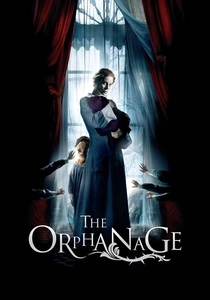
The Orphanage (2007)
Description: This Spanish horror film uses old photographs to uncover the dark history of an orphanage, blending supernatural elements with psychological horror.
Fact: The film was Spain's official entry for the Best Foreign Language Film at the 80th Academy Awards.
 Watch Now
Watch Now 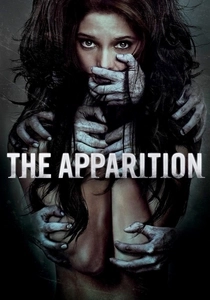
The Apparition (2012)
Description: A couple is haunted by a supernatural force that was accidentally summoned through a university experiment, with photographs playing a role in documenting the paranormal activity.
Fact: The film was originally titled "Materialization," reflecting its theme of ghostly manifestations.
 Watch Now
Watch Now 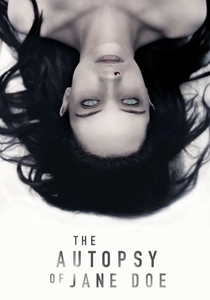
The Autopsy of Jane Doe (2016)
Description: While not directly about photographs, the film features a mysterious body that, when examined, reveals horrifying secrets through X-rays and other medical imaging, akin to a photographic process.
Fact: The film was shot in a real morgue, adding to its chilling authenticity.
 Watch Now
Watch Now 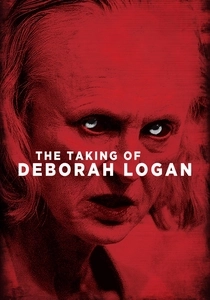
The Taking of Deborah Logan (2014)
Description: A documentary crew captures disturbing footage of an elderly woman's descent into madness, with photographs playing a key role in revealing the truth behind her condition.
Fact: The film was praised for its realistic portrayal of Alzheimer's disease, blending horror with a poignant narrative.
 Watch Now
Watch Now 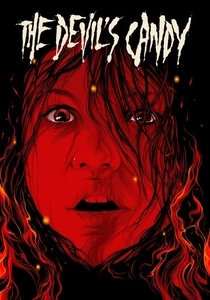
The Devil's Candy (2015)
Description: An artist's paintings and photographs become a conduit for demonic forces, creating a chilling narrative around the power of visual art to manifest evil.
Fact: The film was shot in just 23 days, giving it a raw, intense feel.
 Watch Now
Watch Now 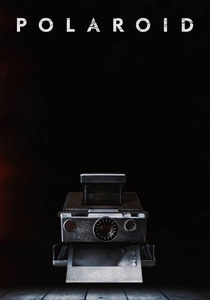
Polaroid (2019)
Description: A cursed Polaroid camera that kills anyone who appears in its photos is at the heart of this horror flick. The film explores the idea of instant photography as a conduit for death.
Fact: The film was inspired by a short film of the same name, and it was originally set for release in 2017 but was delayed due to the bankruptcy of its original distributor.
 Watch Now
Watch Now 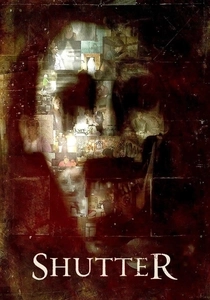
Shutter (2008)
Description: After a hit-and-run, a photographer starts seeing ghostly figures in his photographs, revealing a dark secret from his past. The film uses the concept of spirit photography to create an unsettling atmosphere.
Fact: The film is a remake of a Thai horror movie of the same name, and it was one of the first Hollywood remakes of an Asian horror film.
 30 Days Free
30 Days Free 
